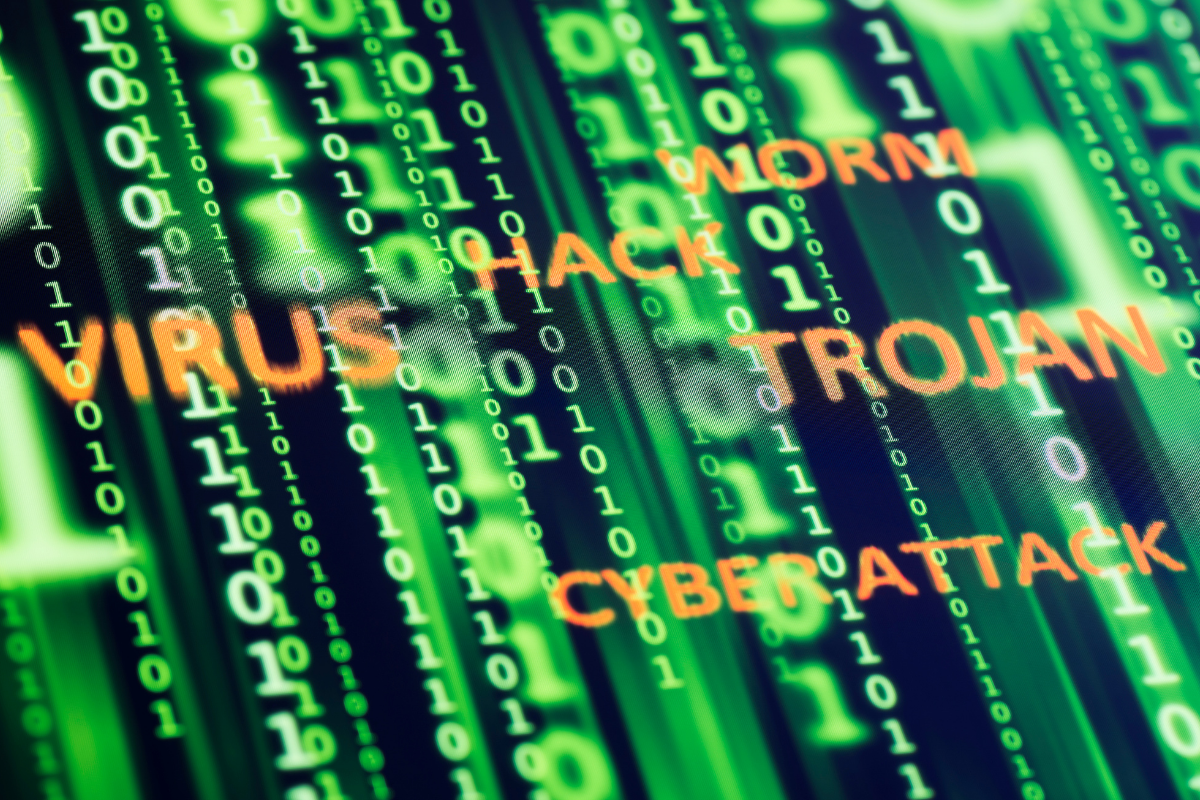Recently, Cisco released its “2021 Cyber Security Threat Trends” report, and we wanted to share some of the highlights.
Four threat types topped the list: crypto mining, phishing, ransomware, and trojans. Some of them are even being used in tandem to launch more complex multi-stage attacks, specifically in the case of phishing, trojan, and ransomware threats.
Crypto Mining
According to the Cisco report, nearly 70% of organizations encountered some level of unsolicited crypto mining.
Crypto mining malware, also known as crypto jacking, co-opts computing resources in order to mine cryptocurrencies from the target. And as the cryptocurrency industry continues to grow and expand, both in scope and value, this cybersecurity threat will likely remain a common occurrence in malware attacks.
Crypto mining can also be used to set up a stream of passive income while bad actors are conducting other malware attacks to exfiltrate data or implement a ransomware attack as well.
The effects of a successful crypto mining attack include loss of assets, of course, but it can also reduce the lifespan of some of your hardware elements, decrease bandwidth effectiveness, and drive up other operational costs.
And if the crypto mining attack was coupled with another malicious program, these and other effects will be compounded.
Phishing
Phishing continues to be a popular tactic for targeting businesses at their weakest point: the users. This threat type accounts for about 90% of data breaches. Phishers often hide behind a trustworthy contact or entity and initiate conversations with unsuspecting victims.
Per Cisco’s report, the pandemic has driven more people to search for information and resources online and through reputable digital assets. The state of things during the pandemic often changed rapidly. This included things like the availability of testing sites, vaccines, and other COVID-related updates.
More malicious actors chose to use these topics to push their own malware through important infrastructures. Many of these attempts were aimed at acquiring access and credentials, as well as other sensitive or private information.
Trojan Threats
Many of the trojan-based threats came from some well-known players: Ursnif/Gozi and IceID. These threats often work in concert to ultimately deliver ransomware, though their original purpose was to infiltrate a network, then disrupt and dismantle programs.
These trojans, along with the new and improved version of Emotet that morphed from a primarily banking-based trojan to a malware dropper, created a lot of havoc. Since the Cisco report, Emotet was destroyed in January of 2021 thanks to a global police operation. But like all malicious technology, it came back again during the holiday season, with the help of a malware called TrickBot, increasing its threat presence by over 400% from November to December.
Ransomware
From 2020 to 2021, ransomware attack incidents increased by nearly 20%. And more frequently, small and mid-size businesses are being targeted.
Infrastructure, retail – ransomware is making big moves across new and established industries.
Several bigger attacks have happened in the United States, where more than half of all global ransomware attacks are launched. This includes the Colonial Pipeline hack, which created issues with pipeline operations and caused the industrial operations to be taken offline temporarily.
Cyber Threats Conclusion
If your cybersecurity is breached, and you find malware on a device (or devices), it’s important to continue investigating. Since the latest trends all revolve around piggybacking multiple cybersecurity threats on top of one another, most threats are now part of multi-phase attacks.
Data Loss Prevention Solutions for Modern Threats
Cybersecurity threat trends are the most frustrating to keep up with. There’s always a new malware on the horizon, ready to take advantage of your trusting employee or a small chink in your cybersecurity program’s armor.
CoberFort Advisors is 100% data security for all your devices. We offer data security solutions that include data loss prevention, file activity monitoring, endpoint security, user activity monitoring, and enterprise mobility management. These services are targeted to help keep the ransomware, crypto mining, trojan, and phishing threats to a minimum.
Contact us today to get a network threat assessment.

